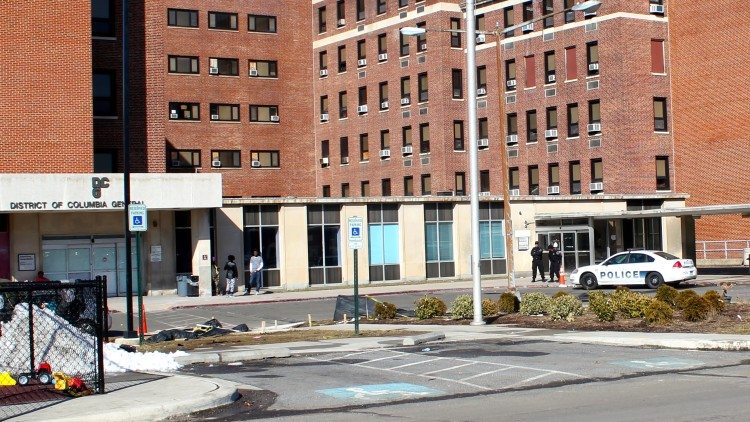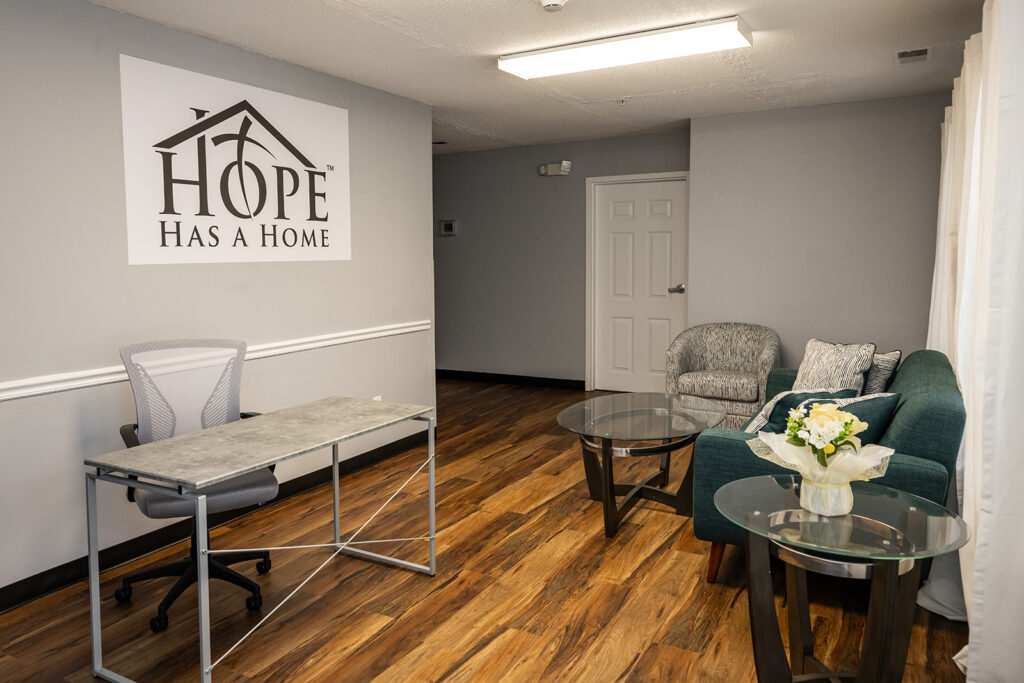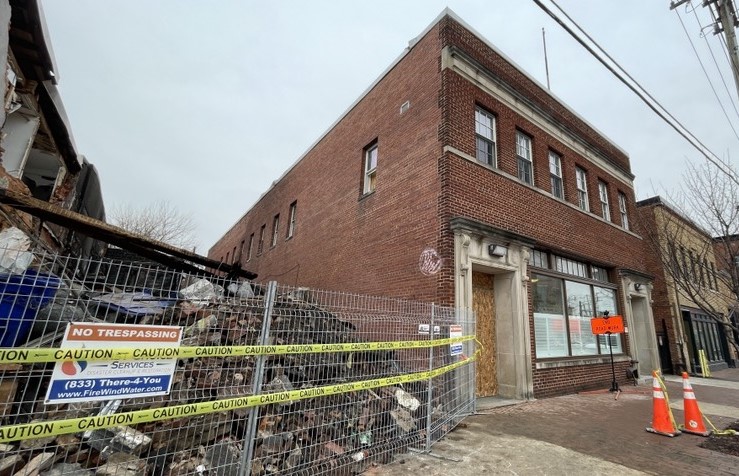When the city council voted to close DC General Family Shelter within the next 2-3 years and build seven new shelters across the District, advocates and parents across the housing spectrum voiced concern about how the transition might affect the education of the shelter’s youngest residents.
“OSSE strongly encourages students to remain at the school of origin in order to preserve some stability in the life of the student, ensure continuity of education and services, and avoid the negative impact on educational outcomes that is associated with changing schools mid-year,” according to a spokesperson from the Office of the State Superintendent of Education (OSSE) for D.C. The McKinney-Vento Education of Homeless Children and Youth Assistance Act gives homeless students the option to remain at their school of origin if they are displaced. Families can also choose to transfer their children to the in-boundary school of the shelter where they move to, according to OSSE. Councilmember-at-Large David Grosso, and chairman of the Education Committee, confirmed in an interview that the general trend has been that parents will keep their children at their school of origin when they are displaced.
“We’ve noticed at D.C. General that most people do not move their kid to the in-boundary school,” Grosso said. “We feel like parents are making the right decision, which is to keep their students in their stable environment in their school, so we try to support that. I know some people are scared, that it’s going to overwhelm their schools with homeless kids. That’s just not the truth.”
Ward 3 Councilmember Mary Cheh and Ward 6 Councilmember Charles Allen previously expressed concerns from their constituents that their already-full schools would be overwhelmed with students from D.C. General after its closing, even though the trend is that parents do not move their children to the in-bound school. In a letter to her community on June 17, Councilmember Cheh assured her neighborhood that even if this were the case at John Eaton Elementary in Ward 3, though unlikely, the school has the ability to adapt, and the addition of children from the new shelter could be a benefit. “Those shelter students who do enroll bring with them at-risk funding dollars, which means they will, in fact, bring more resources to Eaton,” Cheh wrote.
Grosso is confident that students experiencing homelessness at D.C. Public Schools (DCPS) who have to move farther away after the closing of DC General will receive assistance with transportation to and from school, on top of receiving free bus and metro.
“DCPS has assured to me, I can’t speak for the charter schools here, but, they will provide, and do currently provide, transportation assistance to families that are experiencing homelessness and want to continue to go back to the school where the child is currently enrolled,” Grosso said. The most important thing to him is making sure that children experiencing homelessness have the services they need, regardless of where they attend school.
There is a homeless liaison at each school that ensures students have a uniform, transportation and all other school-related needs that are important to make sure they can seamlessly transition into the new school. “Even then, it’s hard. Some parents don’t want people to know they’re homeless, and the kids don’t want them to know … So how do you deal with that and identify it?” Grosso said.
Although there is no way to know exactly how many school-age children will be moved from D.C. General to other shelters when the closing occurs, each of the new shelters will have 50 units, and each unit can have anywhere from 1 to 5 children, according to Grosso.
Regardless of where these families decide to send their children to school after the closing of D.C. General, “we do believe there should be special attention paid to students experiencing homelessness,” Grosso said. “Obviously, because it’s adversity, they need to have the help to succeed.”
Placements will be phased in over two years starting in 2018, and OSSE plans to “meet with stakeholders, liaisons, and parents to discuss the possible impact and ensure that schools are prepared to receive students.”








